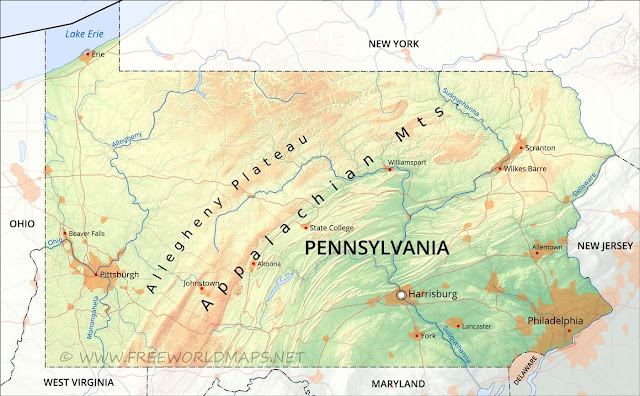King of Boredom on the Prairie: An Amateur Architectural Criticism of Madison, WI
For those of you who don't know, "King of Boredom" is a nickname given to me by a friend. To be clear, I take pride in this nickname. There is value in exploring certain sides and angles of boredom, even embracing them as a part of one's identity. I am not disparaging Madison, Wisconsin by calling it boring. The city has an identifiable visual aesthetic, which right away places it above many US places architecturally. Its character and sense of history convey a strong and confident message of boredom. A major theme is "dun" colored stone, a hue Merriam-Webster describes as " a slightly brownish dark gray". More modest buildings make use of similarly colored tan bricks. Equally characteristic are low horizontal lines. A 70's government office building with a concrete facade and long rows of black windows, or a modest low-rise garden apartment complex, fit with this style incredibly well. Anywhere else, these buildings would come off as mildly ug...


